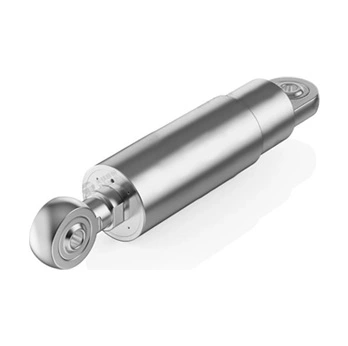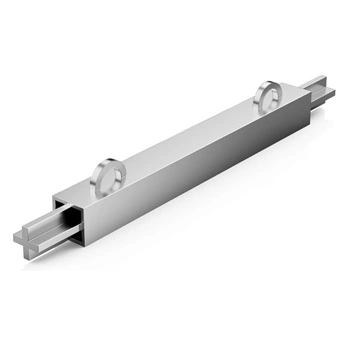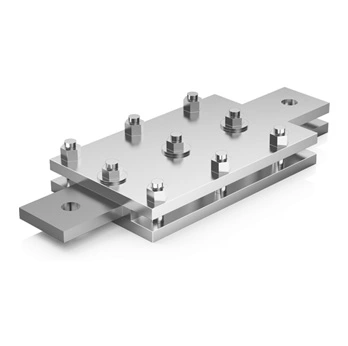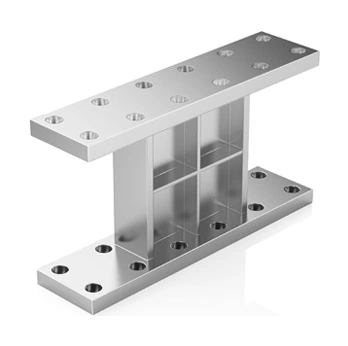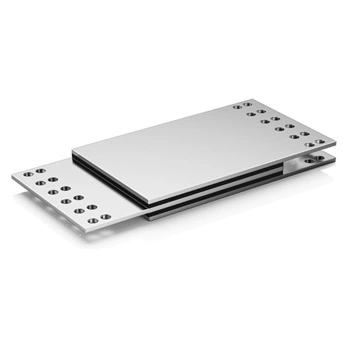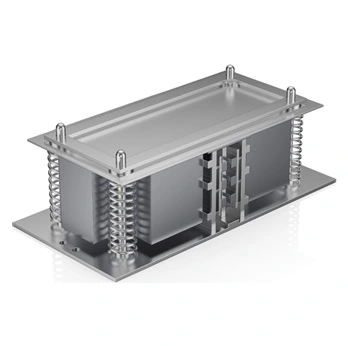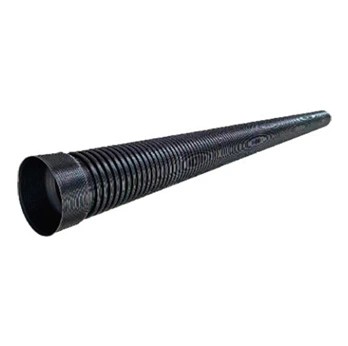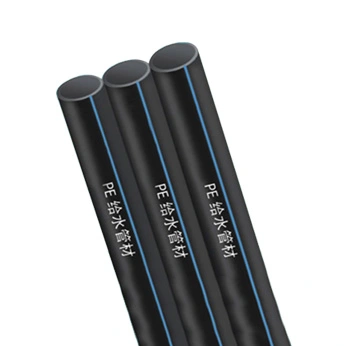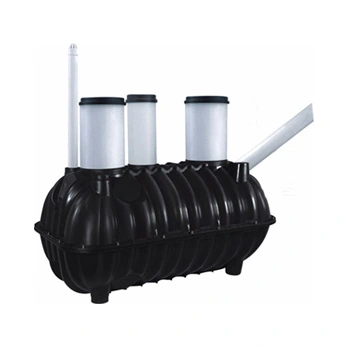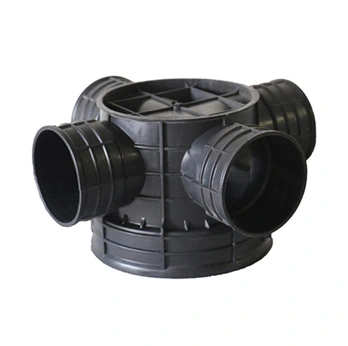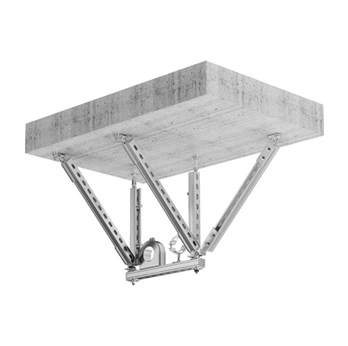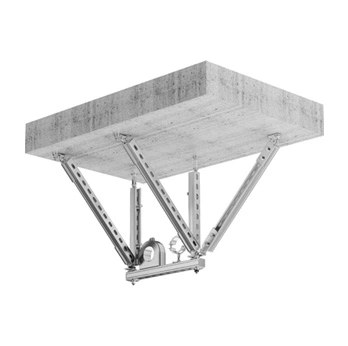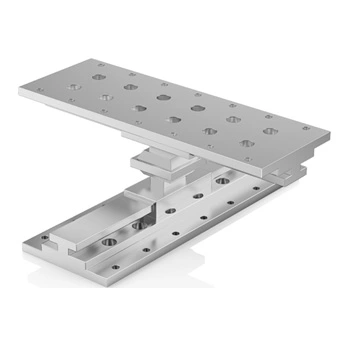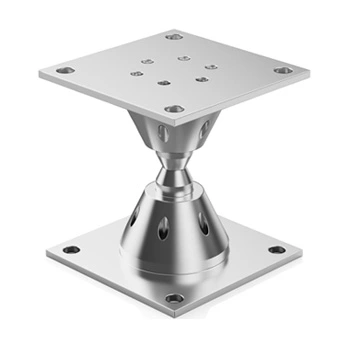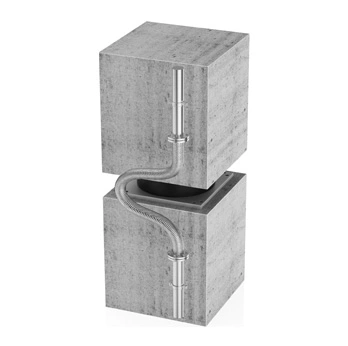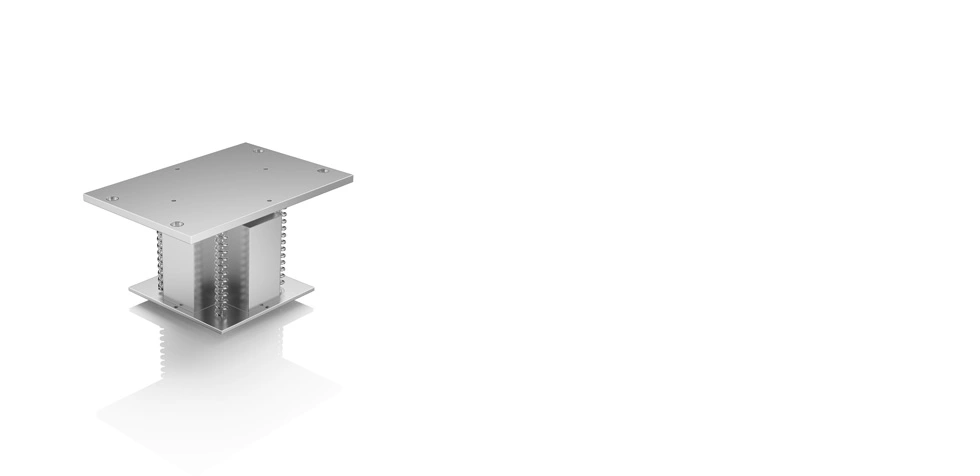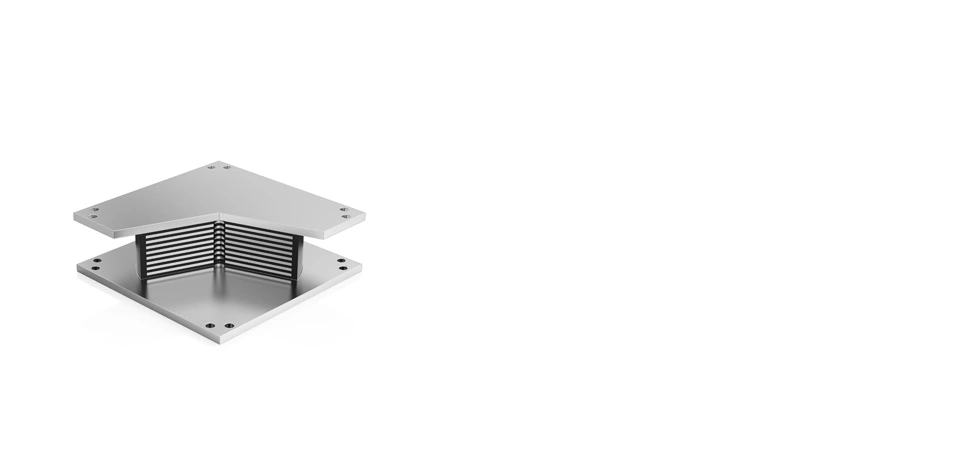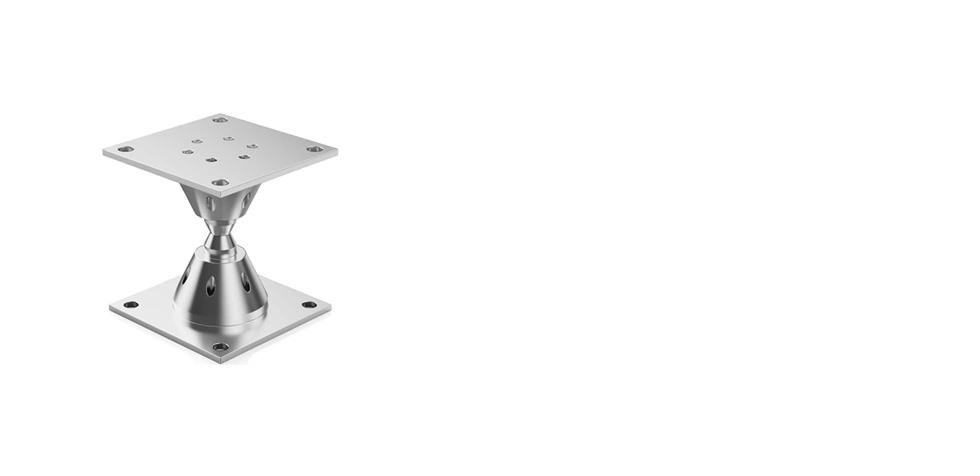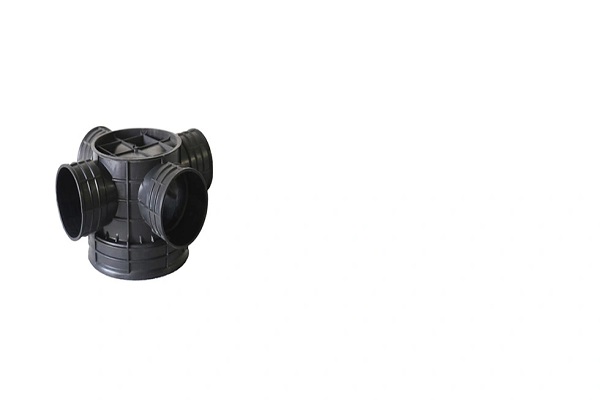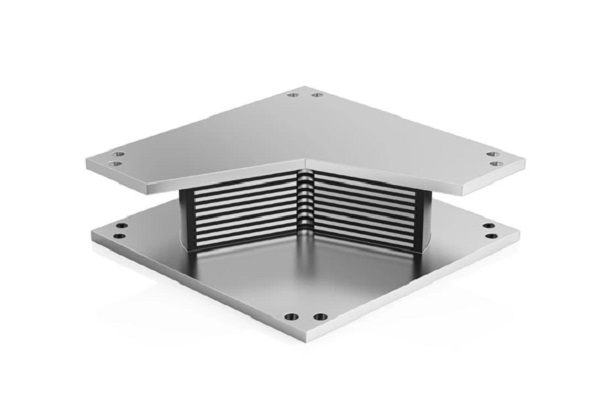In the world of engineering and construction, ensuring the safety and stability of structures is of paramount importance. Whether it's a towering skyscraper or a simple bridge, the forces exerted on these structures can be immense. One critical element that plays a pivotal role in maintaining structural integrity is seismic hardware dampers. These ingeniously designed components are tasked with dissipating energy and minimizing the impact of dynamic forces, and in this article, we will delve into the fascinating principle behind building seismic hardware dampers.
Understanding Seismic Dampers
Before diving into the principles, let's grasp the basics. Seismic dampers are mechanical devices used in various industries, including construction and aerospace, to mitigate the effects of dynamic loads, vibrations, and seismic forces. They are engineered to absorb and dissipate kinetic energy, thus protecting structures from damage and ensuring the safety of occupants.
Seismic Hardware Dampers Energy Dissipation through Friction
One fundamental principle behind seismic hardware dampers is energy dissipation through friction. Imagine a high-rise building subjected to the lateral forces of an earthquake. Without proper damping systems in place, the structure would sway dangerously, potentially leading to catastrophic consequences. Seismic hardware dampers come into play by converting the kinetic energy generated by the building's movement into heat through the mechanism of friction.
These dampers typically consist of two main components: a piston and a cylinder filled with a viscous fluid. When the building sways, the piston moves within the cylinder, forcing the fluid through narrow channels or small openings. This movement creates friction, which converts the kinetic energy into thermal energy. As a result, the building's motion is dampened, and its oscillations are significantly reduced.
Viscoelasticity for Enhanced Damping
Another crucial principle in seismic dampers is the use of viscoelastic materials to enhance damping properties. Viscoelastic materials, such as certain polymers and composites, exhibit a unique combination of viscous (liquid-like) and elastic (solid-like) behavior. This property allows the viscous damping devices to dissipate energy efficiently and provide superior damping compared to traditional materials.
In the construction of seismic hardware dampers, viscoelastic materials are strategically incorporated into the design. These materials deform under stress, absorbing energy as they do so. As the force is removed, they gradually return to their original shape, releasing the stored energy as heat. This behavior effectively dampens vibrations and oscillations, safeguarding the structure from potential damage.
Tunable Seismic Hardware Dampers for Precision Control
One of the remarkable aspects of seismic hardware dampers is their tunable damping capability. Unlike rigid structures, which have fixed damping characteristics, these dampers can be adjusted to provide varying levels of damping according to the specific requirements of a structure or environment.
The principle of tunable damping relies on altering the properties of the dampening medium within the damper. By changing the viscosity or stiffness of the fluid or adjusting the properties of the viscoelastic materials, engineers can fine-tune the damping effect. This adaptability is particularly beneficial when dealing with diverse applications, as it allows for precise control over how much energy is dissipated and how quickly it is done.
For example, in a seismic-prone area, engineers may opt for a higher damping setting to ensure a building remains stable during an earthquake. Conversely, in a bridge designed to accommodate heavy traffic, a lower damping setting might be preferable to reduce wear and tear caused by constant vibrations.
In the intricate world of engineering and construction, the principle of building seismic hardware dampers serves as a beacon of innovation and safety. These unassuming devices play a vital role in preserving the structural integrity of buildings, bridges, and other critical infrastructure. Through the ingenious use of friction, viscoelasticity, and tunable damping, they stand as guardians against the destructive forces of nature and man-made vibrations.
As technology continues to advance, we can expect even more sophisticated shock absorption hardware dampers to emerge, further enhancing our ability to protect and extend the life of our built environment. With these principles at the forefront of design and engineering, we can look forward to safer, more resilient structures that can withstand the test of time and nature's unpredictability. In the end, shock absorption hardware dampers exemplify the harmonious blend of science, innovation, and purpose, all working together to ensure our world stands strong.
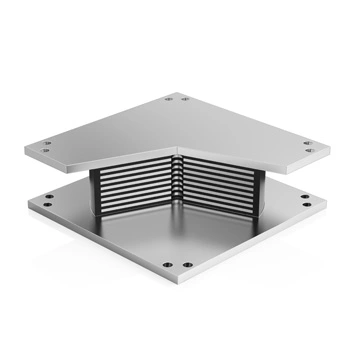 Natural Rubber Bearing
Natural Rubber Bearing
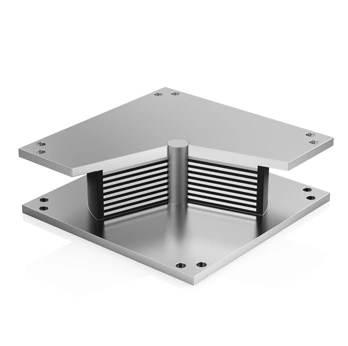 Lead Rubber Bearing
Lead Rubber Bearing
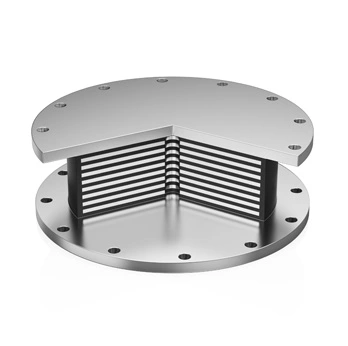 High Damping Rubber Bearing
High Damping Rubber Bearing
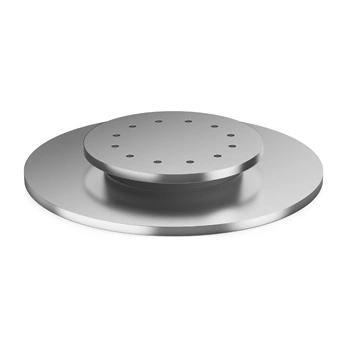 Elastic Bearing
Elastic Bearing
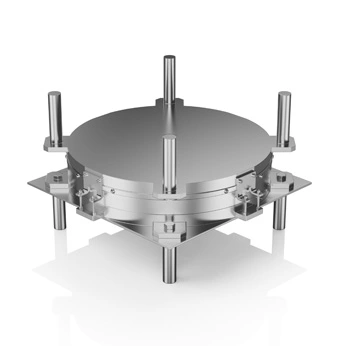 Friction Pendulum Seismic Isolation
Friction Pendulum Seismic Isolation
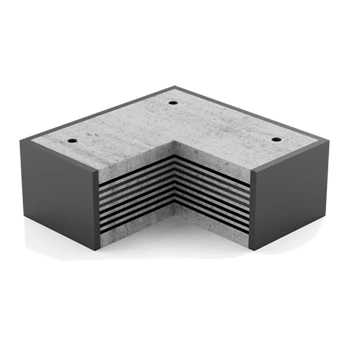 Simple Support For Village And Town Houses
Simple Support For Village And Town Houses

